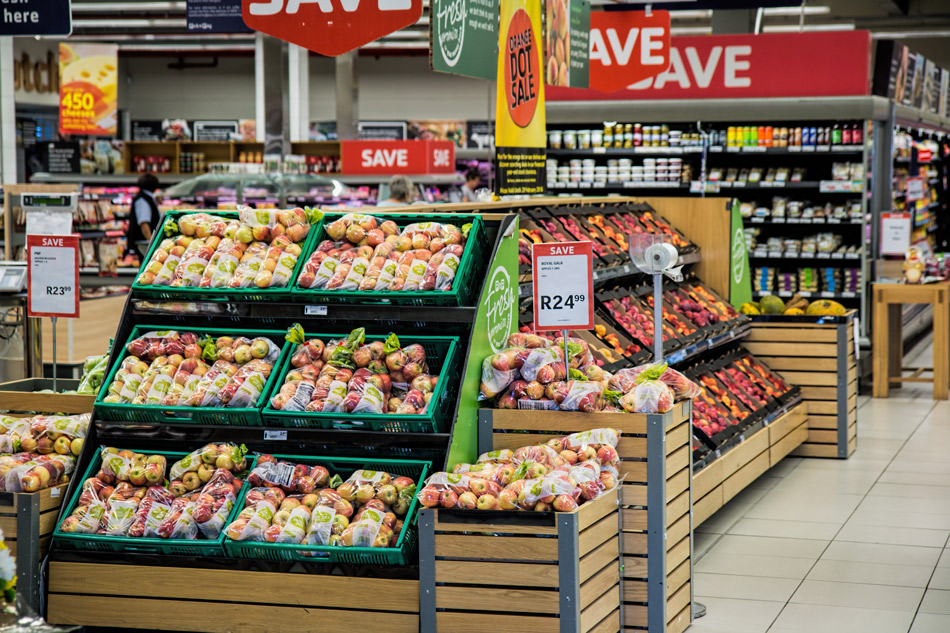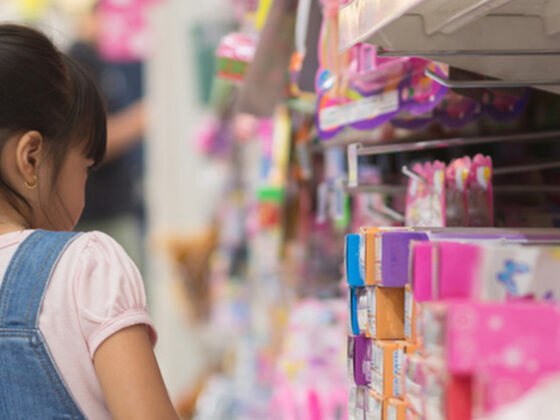When it comes to surviving the evolution of retail, it’s not just retail brands who are having to reinvent themselves and find new, customer-centric avenues to survive. The future of wholesale is in the same boat and so are consumer packaged goods (CPG). According to McKinsey, CPG losses over the last decade ranged from 7% (food) to 18% (household products and beverages), and disruption in the CPG market is coming from everywhere:
- Ecommerce has leveled the playing field to a degree, allowing unknown startups to compete effectively against well-known brands.
- Younger consumers are not as brand loyal.
- A consumer shift toward healthier products has left some brands lagging far behind the trends.
- Amazon.
- Increase in local competitors.
- Private label brands are taking a significant share of the market.
Costco introduced the Kirkland brand in 1992, 27 years ago, and that brand did $39 billion last year, whereas all the Kraft and Heinz brands did $26 or $27 billion. So here they are, a hundred years plus, tons of advertising, built into people’s habits and everything else, and now Kirkland, a private label brand, comes along and with only 750 or so outlets does 50% more business than all of Kraft-Heinz brands.
– Warren Buffet, Forbes
How Do Traditional CPG Brands Compete? D2C Is the Answer
Just as wholesalers have been discovering, many CPG brands have sensed a change in the market and are likewise making the move to direct-to-consumer models – and if they’re not, they should. Startups are agile enough that this shift is easy for them; traditional CPG brands, however, struggle to adjust to the shift. Unfortunately, those that don’t adjust will struggle more so. There are benefits to D2C for CPG brands:
- Direct communication with their customers.
- More control over their brand presence, instead of being at the whim of the retailer’s shelf space and competing brands.
- More control over the price, making the brands better able to compete.
- Total control over brand image.
- Deeper understanding of data about, and engagement with, their consumers.
- New opportunities for strategic growth.
Overcoming the Challenges to D2C
It’s crucial to understand the difference in strategy and execution for digital brands, wholesale brands, and CPG brands versus traditional retailers. The strategy and approach are different for the execution of a DTC model for those not traditionally involved in retail. The biggest challenge CPG brands have to overcome is much the same as wholesale: Well-established brands often get stuck doing the same thing because that’s what they’ve always done – but they have different stakeholders to please, too.
Most large CPG companies still have a 1980s view of private label. They are not aware of how much the industry has changed or how much it is driving and impacting retailer activity. A lot of marketers overestimate the importance of their own brands and underestimate the importance of the retailer’s brands to the retailer. Others don’t understand the private label threat well enough to take it as seriously as they should.
– Jim Wisner, former Jewel-Osco executive who runs a marketing consultancy in Libertyville, Illinois. (PPIQ)
Will private-label CPGs put big brands like Kraft Heinz and Proctor & Gamble out of business? Unlikely. But these legacy brands are having to justify slower growth, lower profits, and in some cases, product line losses to their shareholders. At the end of the day, CPG brands that don’t consider D2C may not survive.
D2C: A Roadmap to Success and Survival for Wholesale and CPG
Before a wholesale or CPG brand can shift to D2C , they must first shift their mindset. These brands have been insulated from direct contact with – and in many cases data from – the consumers who enjoy their brands. To succeed in a D2C world, that has to change. Marketing, branding, market position, and location decisions must be based on a deep understanding of the consumer and their relationship to the CPG brand. The talent shortage in the CPG industry is a big hurdle to accomplishing this.
Challenger brands and private label brands have a lot of the same appeal. Private brands provide value and a lower price with the perception of similar quality. Challenger brands may be priced higher, but they offer a tangible benefit to justify the premium. Big brands are stuck in the unenviable middle. They’re not telling their story in a compelling enough way about why shoppers should be willing to choose them.
– Timothy Campbell, senior analyst at Kantar Consulting (PPIQ)
Then, CPGs must create a relationship with the consumer. How? It starts with data. Where are your customers? Who is loyal to your brand? Why? Do you have the insight you need to open flagship stores?
D2C data is a gold mine for any business and this is even truer for the CPG industry. If you think about it, there are no other data sources within the four walls of a CPG or FMCG organization that afford the richness and ‘always on’ feedback loop to demand and supply metrics. This is a dream come true for those tasked with advanced analytics and measurement as it is the cleanest way you can stimulate and measure consumer loyalty and then develop robust data-based decision behaviors around demand sensing and forecasting.” – Vidyotham Reddi, Global Director of Advanced Analytics & Measurement at Mars Inc. (LeadsRX)
Finally, you need to use the data to make strategic decisions about your brand. Do you build out your own retail shops across the country or test pop-ups in certain high-traffic areas? Do you sever ties altogether with the retailers who carry your brands or focus on some kind of hybrid that allows your brand to remain on retail shelves even as you build your own branded stores? How do you keep your brand-loyal consumers engaged?

The Way Forward for CPG Brands
So many CPG brands have no visibility beyond the retail space they occupy. That space is quickly shrinking, especially as retailers compete with their own labels. The CPG industry needs to embrace communication, branding, and risk taking. To have the ability to understand consumers, CPG brands must learn to take calculated, educated risks to discover what works and what doesn’t, incrementally expanding into direct-to-consumer markets as they refine their testing. Pick a market. Do a test. Refine and do a bigger test. But DO something.




